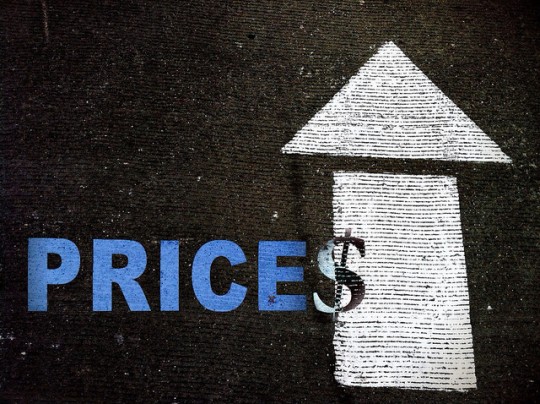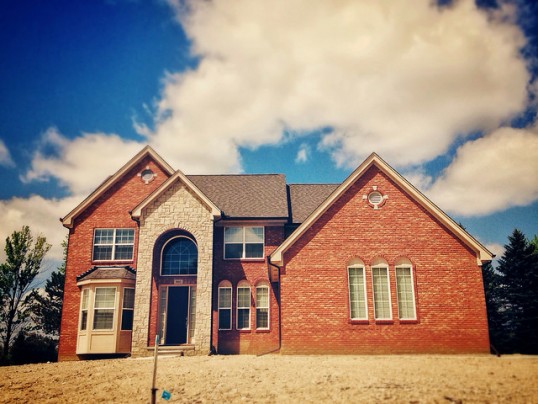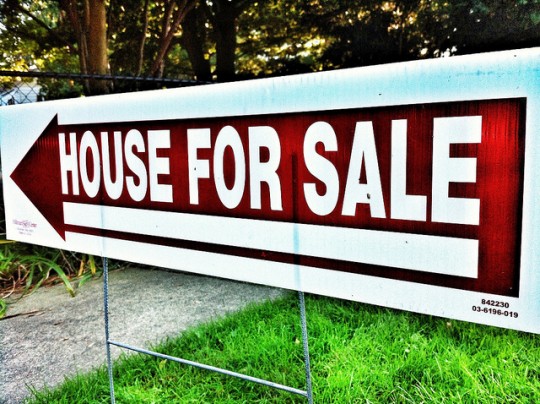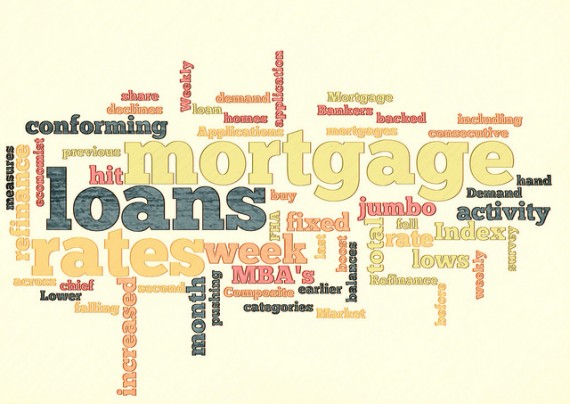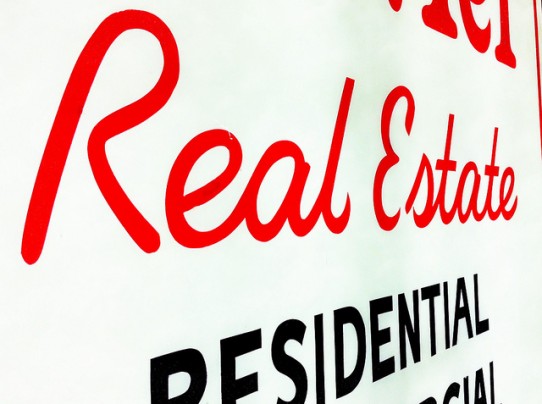The National Association of Realtors’ Pending Home Sales Index is a forward-looking indicator that measures the number of contracts to purchase homes that are signed during the month. In April, pending home sales rose for the second straight month, climbing 0.4 percent from the previous month’s total. Lawrence Yun, NAR’s chief economist, said higher inventory levels are giving buyers more choices. That, along with a slight decline in mortgage rates this spring, has boosted buyer confidence and should help raise the number of closed sales in coming months, according to Yun. Regionally, the Midwest saw a 5 percent increase in contract signings, while the Northeast climbed 0.6 percent. The South and West both saw slight declines. Despite the month-over-month increase, however, contract signings are still 9.2 percent below last year’s level. The NAR expects annual existing-home sales to finish the year slightly below the 5.1 million homes sold in 2013. More here.
Archive for May 2014
Rates Fall To Lowest Level In Nearly A Year
According to the Mortgage Bankers Association’s Weekly Applications Survey, average mortgage rates for 30-year fixed-rate mortgages with conforming and jumbo balances fell to their lowest level since June of last year. FHA-backed loans also posted their lowest mortgage rates in nearly a year. The drop continues a recent trend, which has seen mortgage rates falling for most of the past month. Despite favorable rates, however, demand for mortgage applications remained relatively flat last week, with the Market Composite Index – which measures both refinance and purchase demand – falling 1.2 percent. Both the Refinance and Purchase Index were 1 percent below the previous week. The refinance share of total mortgage activity was also flat, holding at 52 percent. Experts expect refinance demand – which spiked when mortgage rates dropped to record lows – to cool this year, as the mortgage market becomes driven by people buying homes rather than homeowners refinancing their loans. The MBA’s weekly survey has been conducted since 1990 and covers 75 percent of all retail residential mortgages. More here.
Home Price Increases Begin To Slow
The S&P/Case-Shiller Home Price Indices – considered the leading measure of U.S. home values – showed prices up in their latest release. The report found rising home prices on a monthly, quarterly, and yearly basis, but also showed the gains have begun getting smaller in recent months. In fact, prices gained less than 1 percent in March, the most recent month included in the release. David M. Blitzer, chairman of the index committee at S&P Dow Jones Indices, said the year-over-year changes suggest that prices are rising more slowly. According to Blitzer, annual price increases for both the 10-city and 20-city indexes slowed in the past four months and 13 cities saw annual price changes moderate in March. Still, all cities included in the report had higher prices than one year ago. Blitzer says housing indicators remain mixed, noting the recent improvement in new home sales and mortgage rates falling to near 7-month lows. However, low interest rates and moderating price increases should help affordability levels and lead to boosted buyer traffic and higher home sales this spring and summer. More here.
New Home Sales Spike In April
Sales of new single-family homes increased 6.4 percent in April, according to estimates released jointly by the U.S. Census Bureau and the Department of Housing and Urban Development. The improvement was more than economists expected and – combined with upwardly revised March numbers – indicates the housing market may be poised for a rebound after a slow start to the year. Despite the gains, however, sales were still 4.2 percent below last April’s pace. The report is cause for optimism, though. Not only did sales pick up but the number of new homes for sale also spiked in April, reaching a 3-1/2 year high. The increase in the number of new homes available for sale led to a 1.3 percent year-over-year drop in the median price. In April, the median sales price for a new house was $275,800; the average price was $320,100. Regionally, sales in the Midwest hit their highest level since November 2007. New home sales also rose in the South, though they were flat in the West and down in the Northeast. More here.
Sales Of Previously Owned Homes Rise
Sales of previously owned homes, including single-family homes, townhomes, condominiums and co-ops, rose 1.3 percent in April, according to the National Association of Realtors. The increase was the first this year. Lawrence Yun, NAR’s chief economist, said the improvement was expected after a sub-par first quarter. According to Yun, the number of homes being put up for sale is rising and, with improved inventory expanding choices for buyers, price increases will moderate and sales should rise. This will lead to an upward trend in home sales through the end of this year. In fact, the expected improvement in for-sale inventory is already being seen. In April, for example, total housing inventory was up 16.8 percent, which represents a 5.9-month supply at the current sales pace. Generally, a six month supply is considered healthy for the housing market. Also, because of the inventory spike, price increases moderated in April, continuing a trend of slower price growth. The combination of higher levels of inventory and slower price increases should help keep affordability levels favorable across the much of the country, Yun said. More here.
Mortgage Rates Fall For 2nd Straight Week
According to the Mortgage Bankers Association’s Weekly Applications Survey, mortgage rates fell across all loan categories last week, including 30-year fixed-rate mortgages with conforming and jumbo balances, 15-year fixed-rate loans, and FHA-backed loans. It was the second consecutive week of declines. Mike Fratantoni, MBA’s chief economist, said rates on conforming loans hit 6-month lows and jumbo rates hit 12-month lows. Despite falling mortgage rates, however, the Market Composite Index – which measures total mortgage application demand – increased just 0.9 percent. Lower rates did boost refinance activity, pushing the Refinance Index up 4 percent from the week before. Demand for loans to buy homes, on the other hand, fell 3 percent from a week earlier. The refinance share of total mortgage activity increased to 52 percent from 50 the previous week. The MBA’s weekly survey has been conducted since 1990 and covers 75 percent of all retail residential mortgage applications. More here.
Housing Recovery Ready To Shift Gears
Despite a slow start to the year, economists expect the housing recovery to ramp up now that the spring home buying season has started. Freddie Mac’s most recent Economic and Housing Market Outlook, for example, says housing is ready to shift into a higher gear but is being held back by a number of supply-and-demand related factors. According to Frank Nothaft, Freddie Mac’s vice president and chief economist, it all comes down to jobs. Housing needs stronger levels of sustained job creation before its engine is firing on all cylinders, Nothaft said. He believes continued improvement in the job market is the quickest cure for the slow growth and month-to-month volatility of the housing recovery. Still, Freddie Mac’s updated outlook expects the housing market to continue improving. Among the report’s highlights, home sales are forecast to reach 5.5 million this year and new home construction is expected to increase 18 percent. Also, though prices and mortgage rates are expected to rise through the end of the year, the increases are expected to be gradual and not as significant as last year’s. More here.


